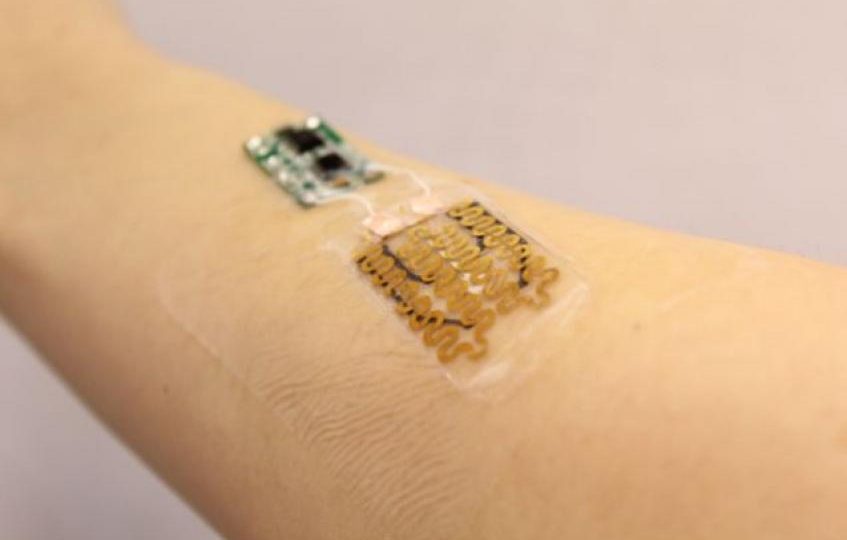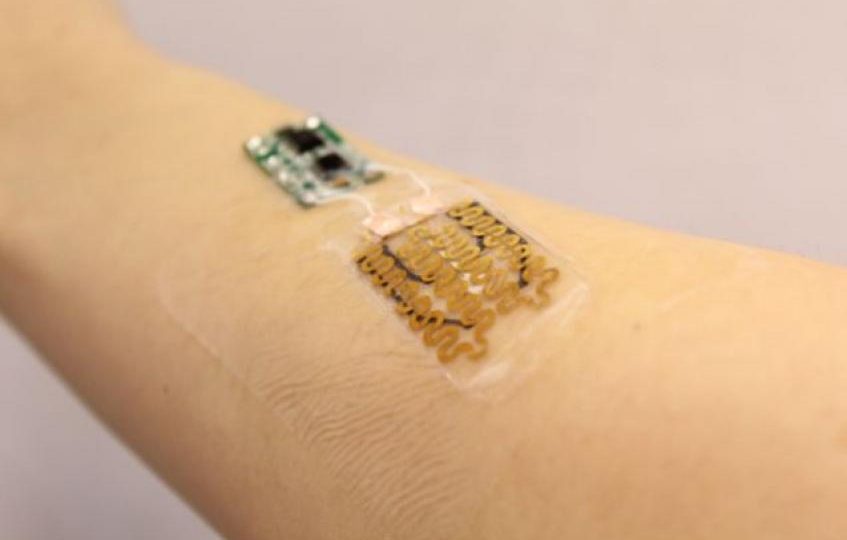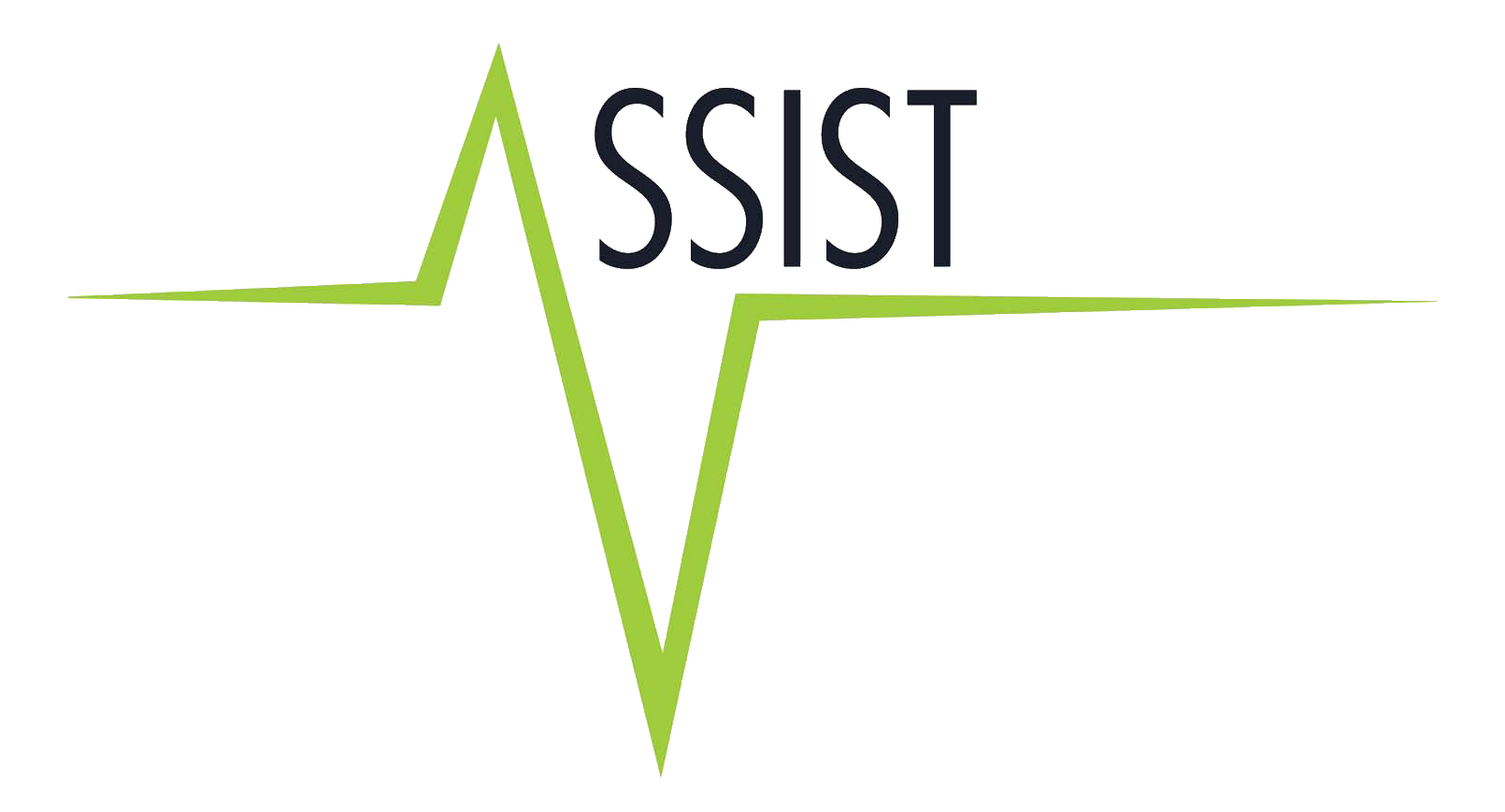Human Clinical Trials Using Smart Bandages to Monitor Chronic Wounds Performed by ERC
Outcome/Accomplishment
The NSF-funded Engineering Research Center (ERC) for Advanced Self-Powered Systems of Integrated Sensors and Technologies (ASSIST) at Florida International University performed human clinical trials using bandages incorporating flexible electronics to monitor chronic wounds. The smart bandages measured the uric acid, pH, and lactate levels of diabetic patients.
Impact/Benefits
The ability to monitor chronic wounds in real time allows better timed treatment to improve chances of healing, and also provides the ability to monitor for secondary infections. This is especially relevant for wounds from burns, diabetes, and other medical conditions.
Explanation/Background
Chronic wounds are difficult to heal, and treatment is often complicated and lengthy. Currently, chronic wounds can only be assessed visually by physically removing the bandages. The successful integration of bandages with flexible electronics – essentially a computer system on a chip – by ASSIST engineers will help medical professionals improve long-term monitoring and diagnostics of chronic wound healing, allowing for timely medical intervention.
The ability to monitor diabetic wounds is a promising application for this technology, and clinical trials performed on venous leg ulcer patients measured uric acid levels, which indicate wound severity. Measurements of lactate and pH, important markers of healing, were also monitored for indications of secondary infection.
Location
Raleigh, North Carolinawebsite
Start Year
Biotechnology and Healthcare
Biotechnology and Healthcare
Lead Institution
Core Partners
Fact Sheet
Outcome/Accomplishment
The NSF-funded Engineering Research Center (ERC) for Advanced Self-Powered Systems of Integrated Sensors and Technologies (ASSIST) at Florida International University performed human clinical trials using bandages incorporating flexible electronics to monitor chronic wounds. The smart bandages measured the uric acid, pH, and lactate levels of diabetic patients.
Location
Raleigh, North Carolinawebsite
Start Year
Biotechnology and Healthcare
Biotechnology and Healthcare
Lead Institution
Core Partners
Fact Sheet
Impact/benefits
The ability to monitor chronic wounds in real time allows better timed treatment to improve chances of healing, and also provides the ability to monitor for secondary infections. This is especially relevant for wounds from burns, diabetes, and other medical conditions.
Explanation/Background
Chronic wounds are difficult to heal, and treatment is often complicated and lengthy. Currently, chronic wounds can only be assessed visually by physically removing the bandages. The successful integration of bandages with flexible electronics – essentially a computer system on a chip – by ASSIST engineers will help medical professionals improve long-term monitoring and diagnostics of chronic wound healing, allowing for timely medical intervention.
The ability to monitor diabetic wounds is a promising application for this technology, and clinical trials performed on venous leg ulcer patients measured uric acid levels, which indicate wound severity. Measurements of lactate and pH, important markers of healing, were also monitored for indications of secondary infection.


